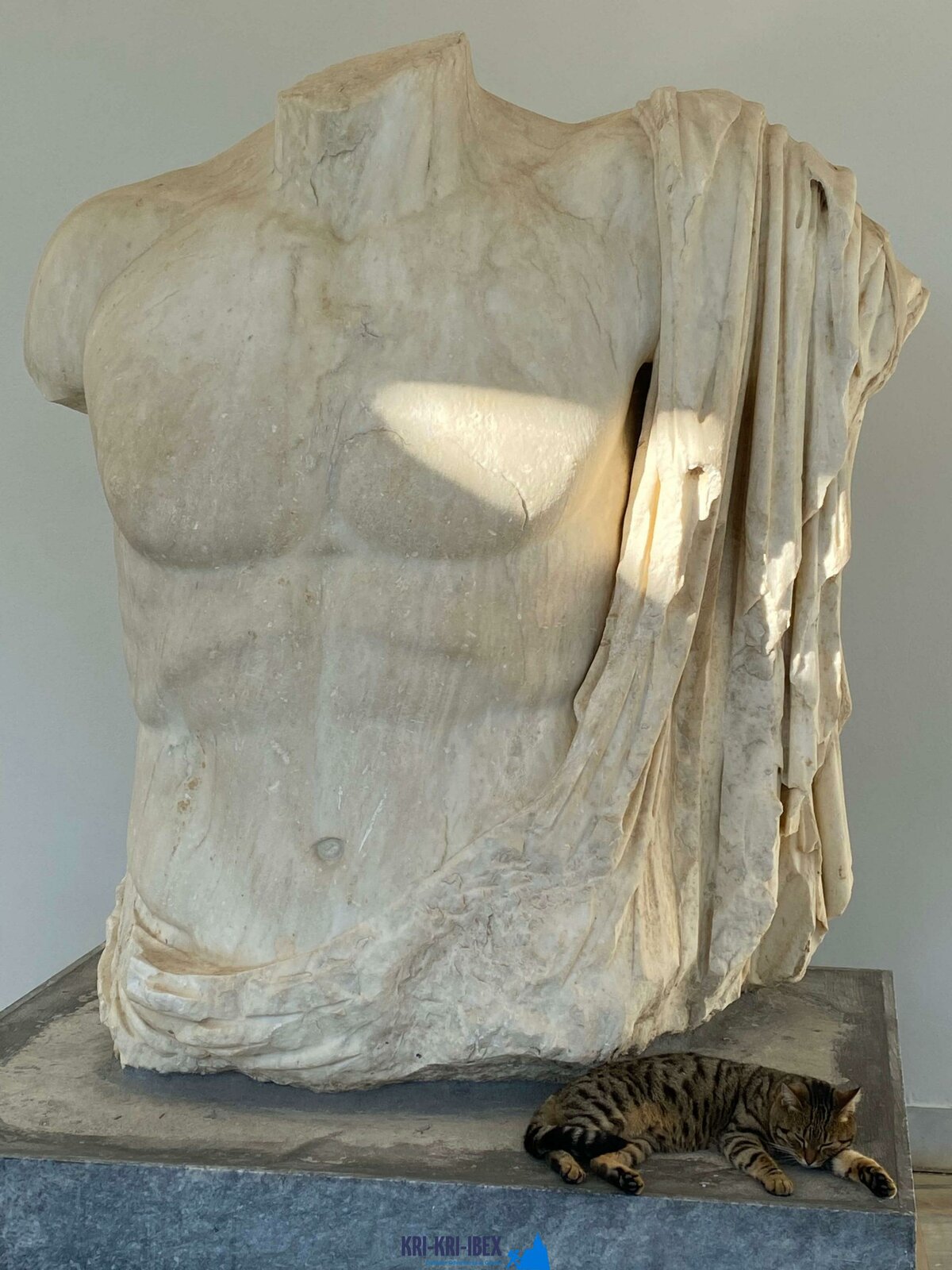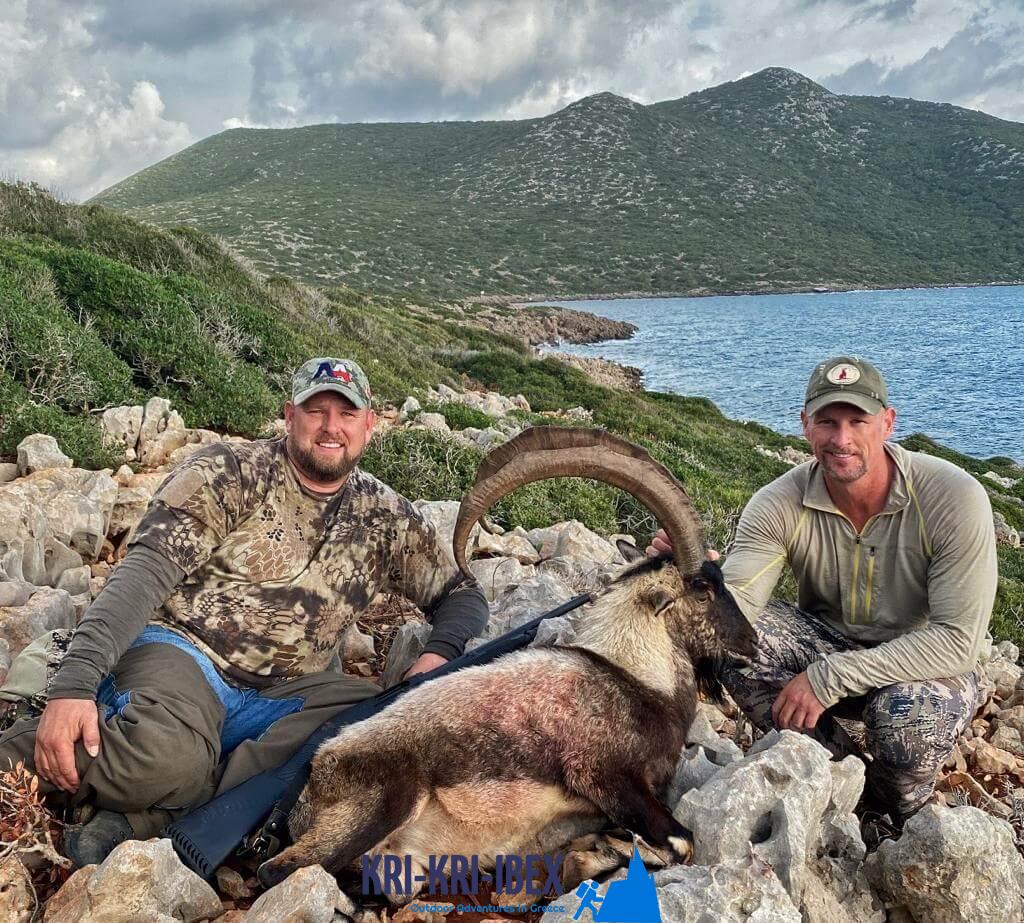
Hunting for Kri Kri ibex in Greece is a wonderful holiday experience. It is not always a hard quest or an unpleasant experience for most seekers. You can experience old Greece, shipwrecks, and also spearfishing during five days searching for beautiful Kri Kri ibex on an unique island. Exists anything else you would certainly such as?

Hunting the kri kri ibex in Greece is a difficult task for both local as well as worldwide seekers. Searching huge game in Greece is limited for worldwide seekers, other than swines and also roe deer, which might just be pursued in secured searching locations. The kri kri ibex, a rare goat types belonging to Greece, may be pursued on two different islands 140 miles east of Athens and also 210 miles west of Athens. On these pursues, kri kri ibex as well as mouflon might only be hunted in the early morning as well as very early mid-day, based on Greek legislation. Just shotguns are allowed, and only slugs might be used. If you wish to go on one of these expeditions, you need to reserve at the very least a year ahead of time. The licenses are offered by the Greek Ministry of Nature and Agriculture and also are provided by the federal government. Just serious seekers may participate in these hunts, so the licenses are restricted by the government.
Our outdoor searching, angling, and also totally free diving scenic tours are the ideal means to see every little thing that Peloponnese has to supply. These excursions are made for vacationers who intend to leave the beaten path and also truly experience all that this extraordinary area has to use. You'll reach go searching in a few of the most gorgeous wilderness areas in Greece, fish in crystal-clear waters for a selection of various types, and also free dive in several of one of the most stunning coast in the Mediterranean. And most importantly, our seasoned guides will certainly be there with you every action of the way to make certain that you have a safe and also delightful experience.
There is really something for everyone in the Peloponnese peninsula. Whether you are interested in background as well as culture or nature as well as outside tasks, this is an excellent location for your next holiday. If you are short on time, our searching and touring Peloponnese Tours from Methoni is a great method to see everything this breathtaking location needs to offer.And finally, your Kri Kri ibex prize is awaiting you.
What is the diference between Kri Kri ibex, Bezoar ibex and hybrid ibex
The kri-kri is not thought to be indigenous to Crete, most likely having been imported to the island during the time of the Minoan civilization. Nevertheless, it is found nowhere else and is therefore endemic to Crete. It was common throughout the Aegean but the peaks of the 8,000 ft (2,400 m) White Mountains of Western Crete are their last strongholds–particularly a series of almost vertical 3,000 ft (900 m) cliffs called ‘the Untrodden’—at the head of the Samaria Gorge. This mountain range, which hosts another 14 endemic animal species, is protected as a UNESCO Biosphere Reserve. In total, their range extends to the White Mountains, the Samaria National Forest and the islets of Dia, Thodorou, and Agii Pandes.
This Ibex is NOT a diminutive form of the Bezoar Ibex, which has migrated into the western-most reach of the range of this species. The kri – kri (Capra aegagrus cretica), sometimes called the Cretan goat, Agrimi, or Cretan Ibex, is a feral goat inhabiting the Eastern Mediterranean, previously considered a subspecies of wild goat. The kri-kri has a light brownish coat with a darker band around its neck. It has two horns that sweep back from the head. In the wild they are shy and avoid tourists, resting during the day. The animal can leap some distance or climb seemingly sheer cliffs.
“The agrimi goat Capra aegagrus cretica is unique to Crete and its offshore islands. It has been identi®ed as a sub-species of the wild bezoar goat Capra aegagrus aegagrus Erxleben, 1777, which it closely resembles in horn shape, body form and coloration. This classi®cation has been disputed by some researchers who claim that the agrimi are feral goats, derived from early domestic stock brought to the island by the ®rst Neolithic settlers. In order to clarify this issue, DNA analyses (cytochrome b and D loop sequences) were carried out on tissue of live and skeletonized agrimi and compared to sequences of wild and domestic caprines. Results conclusively show the agrimi to be a feral animal, that clades with domestic goats (Capra hircus) rather than with wild Asiatic bezoar. This study demonstrates that morphometric criteria do not necessarily re¯ect genetic af®nities, and that the taxonomic classi®cation of agrimi should be revised.”